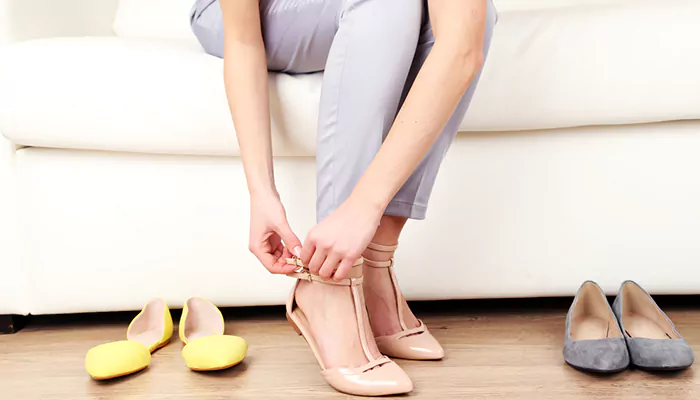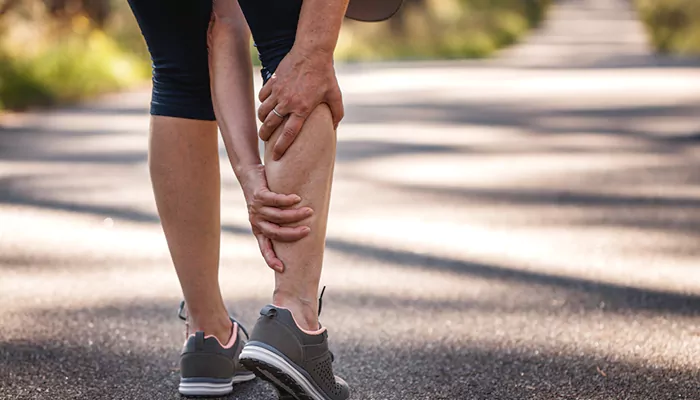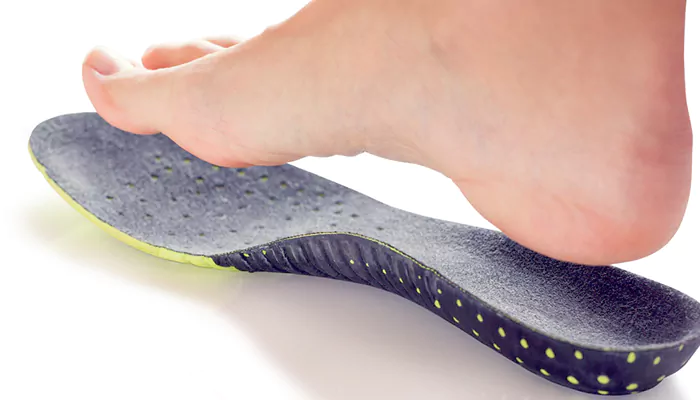Podiatrist-Approved Features You Should Look For When Buying Shoes To Ease Back Pain
- Admin
- 1 year ago
- 3 minutes read

Posture problems and back pain can aggravate if you wear shoes that lack podiatrist-approved features.
While style plays a significant role in our daily lives, it should not hinder your physical well-being and comfort. In this guide, let us discuss various shoe features that can minimise back pain and some valuable tips that can help choose the right footwear to keep you fit—which in turn can help ease lower back pain and improve posture. Let us explore the world of footwear and navigate how your choice of footwear can impact your posture and back health.
Avoid footwear that lacks arch support.
Flip-flops and sandals have a notorious reputation for lacking proper arch support. Arches play a critical role in maintaining proper alignment and promoting shock absorption in our legs and feet. When walking in flip-flops, the arches typically collapse with every step, resulting in overpronation—which can induce pain in your knees, lower back, and feet.

Pick shoes with moderate heel height.
If you like wearing heels, podiatrists recommend the use of shoes with a moderate heel height. Since the heels are a bit elevated—it allows the ankles to turn and rotate freely. Conversely, a heel that is lower or the same height as the shoe’s toe—adversely impacts the way your leg turns—and, in turn, also your pelvis. In addition, it will negatively impact your lower back and spine—causing pain.

Go for footwear with shock absorption and cushioning.
Apart from heel height, it is also essential to note how the heel of the footwear absorbs shock because it will directly determine how your back feels. Some individuals hit the ground harder with their heels than others, creating a shock that moves up their legs and to their backs.
You can avoid back pain by going for footwear that comes with soft cushioning—to provide added shock absorption—best suited to runners.

Try rocker-bottom soles
Not everyone needs to opt for Rocker-bottom soles, but they are helpful in specific situations. Rocker-bottom soles are thick and are curved at the back and front of the shoe—enabling the toe to move without exerting too much pressure on the bottom and joints of the foot.
Rocker-bottom soles can be commonly found in therapeutic shoes and are often prescribed to individuals with foot problems associated with diabetes. Most walking shoes and sneaker models now feature rocker-bottom soles. The thick rubber sole reduces the impact on the heel and it helps patients to cope with plantar fasciitis, and hip, knee, and back pain.
Too soft or too hard is a problem
It is essential to note that every footwear needs some kind of shock absorption feature. In addition, you should avoid wearing footwear that is hard and lacks adequate cushioning.
On the other hand, very soft shoes featuring an air cushion or memory foam are also surprisingly problematic because they fail to offer the desired support. Therefore, opt for footwear that is neither too soft nor too hard.
When choosing footwear, your choices can have a major impact on the long-term well-being of your back and feet. While some styles are clearly bad choices—as they hurt your feet, pinch the toes, throw you off balance, and cause other issues like bunions—other seemingly perfect shoe types cause more damage, but you learn about it later.












